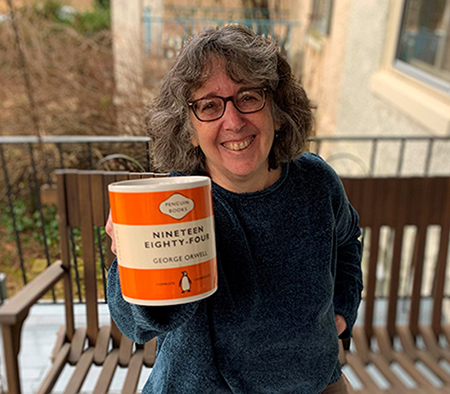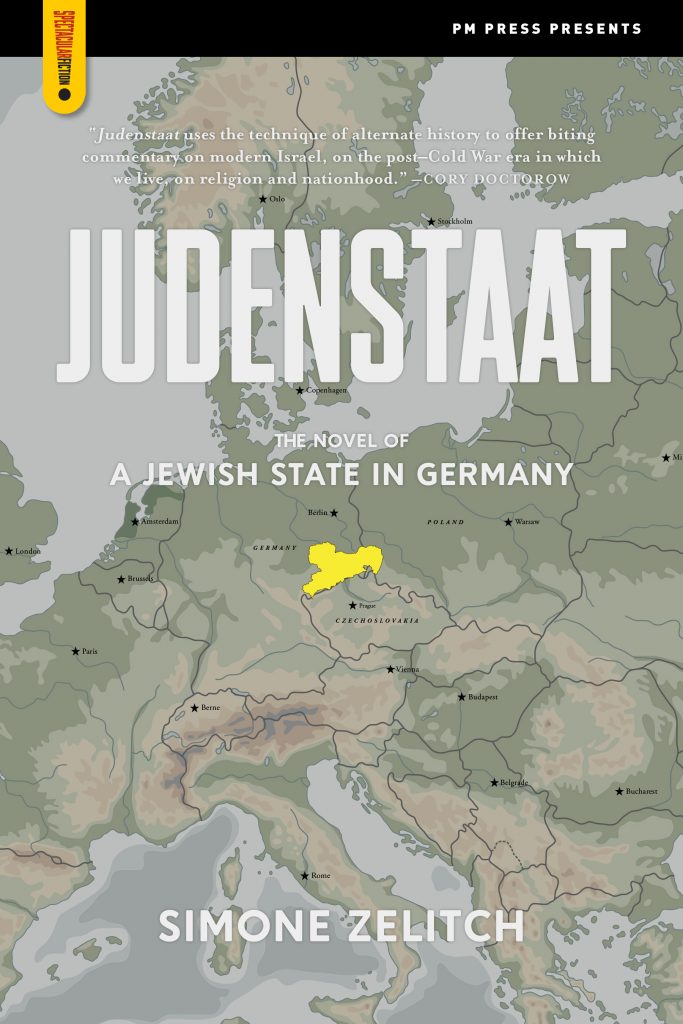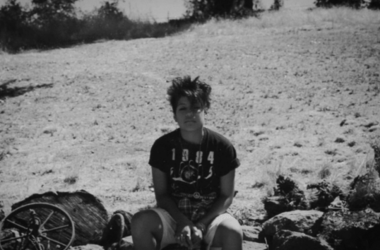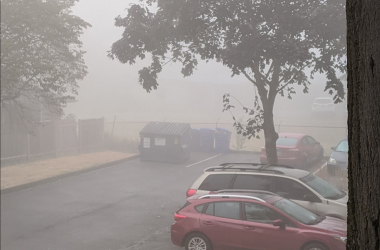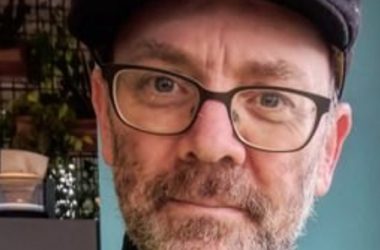
By Simone Zelitch
Originally posted on her blog HERE
March 19th, 2020
I’ve taught The Plague to my community college students more than once. It’s one of the books that most people figure they’ve outgrown. Set in the mid-1940s, in Oran, a small Algerian city which faces an epidemic of bubonic plague, the novel feels pretty fusty to a contemporary reader. Its first-person plural narration, its exclusively male cast of characters, and perhaps most of all, its patent obliviousness to the Arabs who make up ninety percent of the population of the Algeria, all of these things would make most of us unlikely to pick that book up again.
And yet, during these early days of our own epidemic, I found myself turning back to the Modern Library Edition with the green cover and the block-cuts of the Grim Reaper at the start of each chapter. I’d remembered a few things: the creepy squish of dead rats underfoot, the landlord’s bulging ganglia, the initial denial of the people of Oran who kept on doing business, going to the cinema, and filling cafes like they were on holiday.
That’s where some of us were a few days ago, clicking or scrolling on our phones or laptops, then heading outside to clear our heads. My students mostly work in places like Target and Chipotle, and back then, it might not have occurred to them that their vacation would be permanent. Then, just as was the case in Oran, the order came—in Camus’s case by telegram: “Proclaim a state of plague stop close the town”.
Each character in The Plague responds to this crisis in a way that defines him. A priest sees the plague as God’s punishment; a criminal has never felt more free; journalist scrambles to be reunited with his lover. Centrally, as the official response to the plague collapses, a group of volunteers takes up the work of sanitation. They know that plague is contagious, but these volunteers resist isolation, and fight what Camus calls the “abstraction” of the plague, reminding each other that the epidemic “is the concern of all”.
Obviously, we aren’t forming sanitation squads to fight COVID-19. The best strategy to fight contagion is social distancing. For many people, social distancing is not a cultural shift, not if we just re-frame it as, say, physical distancing. Furthermore (the argument goes), aren’t we lucky to have so many powerful ways to reach out to each other? As I write this, I’m figuring out how to teach my students online, and the frantic Facebook messages among my colleagues list at least ten different platforms for posting lectures, giving quizzes and collecting assignments.
As we adapt to this new normal, it’s worth remembering that social distancing benefits corporations like Amazon, which is now in the process of hiring a hundred thousand new employees. At a point when independent businesses were beginning to assert themselves as places where communities could gather, those gatherings become virtual, mediated by Skype or Zoom or Facetime. Comcast has recently offered free Wi-Fi to students like my own—along with a transition to paid service in several months, a service that students previously accessed though their schools or libraries. It’s not a matter of whether these trends will be permanent. They already are. COVID-19 just creates an opportunity to make them public policy.
Yet COVID-19 is not a hoax created by Amazon; it’s real, as is the need to avoid contaminating ourselves and others. At the same time,what will happen when this crisis ends? In The Plague, when the sanitation squads clear out attics and cellars, and dispose of the dead, they look forward to a goal beyond the passing of the plague. Time had stopped; it must go forward. Lovers part; they must be reunited. Most of all, they long for an end to exile, to face not inward but outward, and become part of the world again, a world shaped by their own courage and solidarity.
The Plague is sometimes considered an allegory for French resistance to the German occupation, a reading that Camus rejected, yet certainly, the dilemmas he sets up have philosophical resonance. In The Plague, official responses are not only inadequate, but worse than useless. No one trusts authorities, and shifting information makes government edicts all the more dubious. As several characters state—in a key phrase—the trouble with official responses is that they “lack imagination”. What they can’t imagine—what no “official” entity can imagine—is a future.
It’s possible to take the epidemic seriously, but challenge the direction of official policy, particularly to curb corporate power as it becomes all the more powerful . We find one valuable model in the work of the Italian group, Power to the People, which has focused their efforts on prisoners, and low-income workers in Amazon warehouses, and created opportunities for mutual aid that are not just reactions to an epidemic, but are part of the group’s larger political vision.
Of course, we should follow regulations to curb the spread of COVID-19, but we also must consider the kind of world we want to occupy while it is with us and when it is gone. Could we question the assumption that online learning is appropriate for elementary school students? Is there a reason why only online retailers can deliver “non-essential” items? Are we assuming that online platforms are like public parks or sidewalks, public spaces maintained for the public good? Is there a way to maintain solidarity that isn’t virtual? I don’t know the answers to those questions, but I fear that if we don’t use our imaginations, we’ll be living in what Camus calls exile, an abstract, eternal present which will long outlast this plague.
We must not only be imaginative, but vigilant. Social distancing is larger than a response to COVID-19. Social distancing came before this epidemic, and it will outlast this epidemic, with all of its cultural and economic implications. After all, as Camus reminds us, plague, never really dies. He writes “[…] that it can lie dormant for years and years in furniture and linen-chests; that it bides its time in bedrooms, cellars, trunks and bookshelves; and that perhaps the day would also come when, for the bane and the enlightening of men, it would rouse up its rats again and send them forth to die in a happy city.”
Simon Zelitch is the author of several historical novels whose settings range from medieval England to World War II Budapest, to the Jim Crow American South. She is a Peace Corps veteran who teaches writing at the Community College of Philadelphia.
Check out her book: Judenstaat

